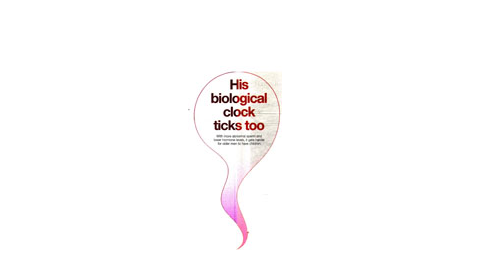- Clinic:
- 0733 945 717
- 0739 434 212

Vaginal discharge: what’s abnormal
November 8, 2024
Too much induced labour leading to skyrocketing caesarean sections
November 20, 2024Male factor in infertility cases on rise

First-time father Paul Mwanjala (not his real name) dubs the birth of his baby girl last month “a miracle”. He and his wife had waited seven years before successfully conceiving their first child via in vitro fertilization (IVF).
The gynecologist found nothing wrong with Mrs Mwanjala, who is in her late 30s. But Mr mwanjala, who is in his early 40s, was dealt a hard blow. Tests found very few sperms in his semen, a condition known as oligospermia.
Men with this condition make up about 10 to 15 per cent of the total number of male infertility cases globally, said Dr Alfred Murage, of MyGyno Limited.
“The diagnosis was a shock. We stopped trying for a baby for over a year to discuss our next step. I tried alternative therapy such as traditional African and Chinese medicine but that did not work out,” said Mr Mwanjala, who works in the financial industry.
Mr Mwanjala’s case is not unique. Doctors say they are seeing more men with poor sperm quality, which is either the main or contributing cause of couples struggling to conceive.
Fertility experts have noted that data from global studies has shown that the proportion of couples with male fertility issues in developing nations has risen from about 30 to 40 per cent of infertility cases in the past decade.
The 10-year-long that surveyed 1,000 men from north India found that lifestyle factors like tight clothing, hot tub dips and long visits to the sauna, intensive gardening and farming resulting in pesticide exposure and increased obesity rates were major causes for the ever decreasing sperm count.
In Kenya, Dr. Murage, who focuses on Assisted Reproductive Technology (ART), sees about 30 male patients each month. They form about half of all infertility cases he sees at his clinic.
Studies have shown that majority of men who were exposed to high temperature at their workplace — welders, dyers, blast furnace workers and those employed in cement and steel factories — were more prone to infertility.
This is because the additional environmental heat increases the temperature of the scrotum, causing a negative effect on sperm production.
With more couples waiting longer before starting a family, age might be one culprit for flagging fertility.
Prof Mabisik a fertility specialist observed: “The ‘sell-by date’ is later for men than women, but male fertility declines with age too. In women, it starts to go down from the age of 35. For men, the decline starts from the age of 45.”
Lifestyle factors and poorer health, such as having a chronic disease at a younger age, may also reduce fertility.
Take a fertility test today
